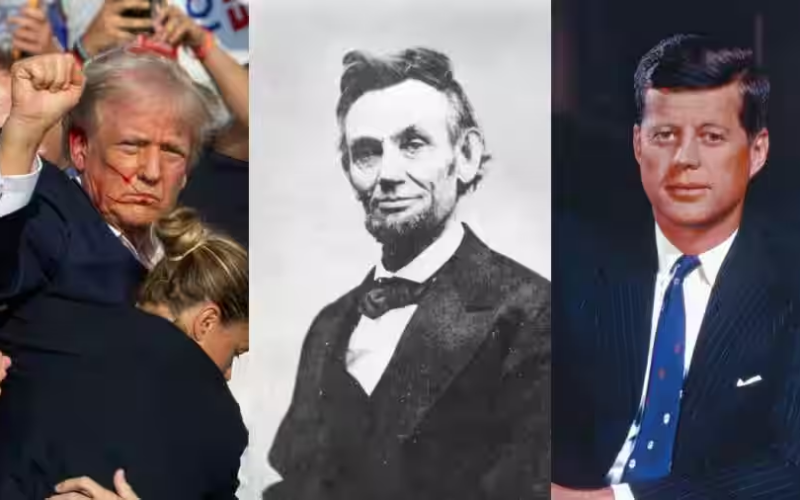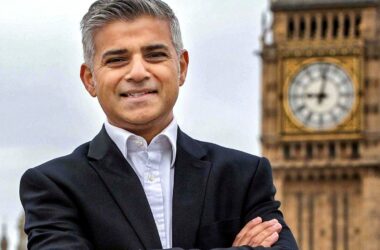The recent attempted assassination of former President Donald Trump has brought renewed attention to the history of attacks on American leaders, both successful and thwarted. Here’s a look at notable incidents involving US presidents and other prominent figures:
Assassinations:
Abraham Lincoln: On April 14, 1865, President Lincoln was assassinated by John Wilkes Booth while attending a play at Ford’s Theatre in Washington, D.C.
James Garfield: Shot on July 2, 1881, at a train station in Washington, D.C., Garfield succumbed to his injuries two and a half months later, making him the second US president to be assassinated.
William McKinley: President McKinley was shot on September 6, 1901, by an anarchist in Buffalo, New York, and died eight days later from gangrene caused by the bullet wounds.
John F. Kennedy: On November 22, 1963, President Kennedy was assassinated by Lee Harvey Oswald while riding in a motorcade through Dallas, Texas.
Leaders who survived assassination attempts:
Donald Trump: During a campaign rally in Pennsylvania on Saturday, shots were fired at Trump, grazing his ear. He survived the attempt and was swiftly escorted to safety by security personnel.
Ronald Reagan: On March 30, 1981, President Reagan was shot outside the Hilton Hotel in Washington, D.C. A bullet ricocheted off a limousine and struck him under the left armpit. He recovered fully from the injuries.
Gerald Ford: President Ford survived two separate assassination attempts in less than three weeks in 1975, escaping injury in both incidents.
Theodore Roosevelt: While campaigning in Milwaukee on October 14, 1912, Roosevelt was shot in the chest by a would-be assassin. Despite the serious injury, he continued with his speech before seeking medical attention.
Assassination attempts on other US leaders:
Robert F. Kennedy: A US presidential candidate, Robert F. Kennedy was assassinated on June 5, 1968, by a gunman at the Ambassador Hotel in Los Angeles.
George C. Wallace: The Alabama Governor and presidential candidate was shot on May 15, 1972, during a political rally in Maryland. He survived the attack but was paralyzed from the waist down for the rest of his life.
These incidents highlight the vulnerability of American leaders to acts of violence throughout history. The motivations behind such attacks vary widely, from political grievances to personal ideologies. Each assassination attempt or successful attack has had profound implications for the nation, shaping public discourse, policy responses, and security measures aimed at protecting those in positions of leadership.
As investigations into the recent attempt on Donald Trump’s life continue, law enforcement agencies remain vigilant in safeguarding public officials against potential threats. The resilience of leaders who have survived such harrowing experiences underscores the resilience of the American political system in the face of adversity.








